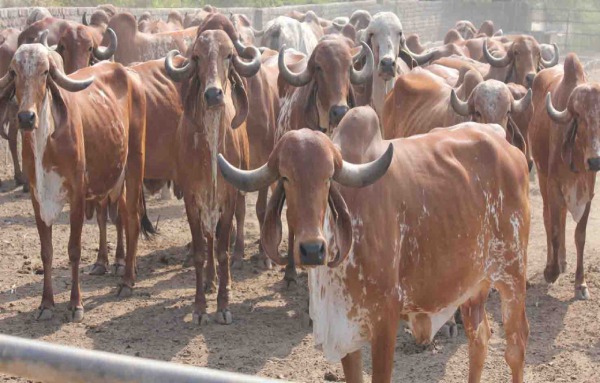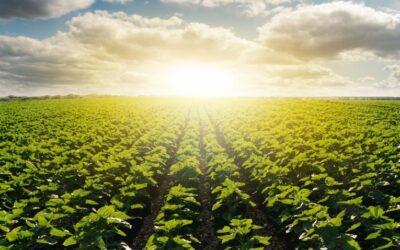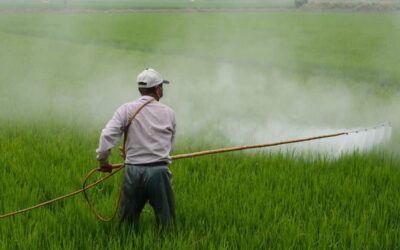Here are some best practices that will make your livestock management simple and efficient so your livestock will produce better results:
Livestock Management for farmers
Livestock management for farmers involves the care, feeding, and breeding of domestic animals such as cows, sheep, and goats, among others. Here are some basic rules for livestock management that farmers should follow:
Provide clean water: Livestock animals need clean water to survive and stay healthy. Farmers should ensure that their animals have access to fresh, clean water at all times.
Provide proper nutrition: Livestock animals need a balanced diet that meets their nutritional needs. Farmers should provide their animals with adequate amounts of feed that contains the necessary nutrients for growth and production.
Provide adequate housing: Livestock animals require shelter that protects them from harsh weather conditions such as rain, wind, and extreme temperatures. The housing should be spacious enough to allow the animals to move freely and be comfortable.
Provide proper sanitation: Livestock animals need a clean environment to stay healthy. Farmers should regularly clean the housing and feeding areas and ensure that the animals have a clean place to rest.
Proper medical care: Farmers should ensure that their animals receive proper medical care such as vaccinations, deworming, and treatment for any illness or injury.
Proper breeding management: Farmers should manage the breeding of their animals to ensure that they produce healthy offspring that meet market requirements.
Keep records: Farmers should keep accurate records of their livestock management practices, including feed, medication, and breeding records. This information can help the farmer make informed decisions and improve their livestock management practices.

Nutrient Rich Feed
Provide nutrient-rich feed
Always select nutrient-rich feeds to help your cattle perform at their best. Lower red meat content and greater feed variability maximize milk and meat production. Feeding animals less human food and allowing them to graze high-fiber pastures will improve their overall nutrition, digestion and resistance to intolerable diseases.
Right Supplements
Give the right supplements
Supplements have been shown to improve animal health and productivity by promoting the growth of beneficial microbes in the rumen. Red clover is known for an enzyme called Trifolium pratense, which increases your cattle’s ability to absorb dietary protein. The presence of clover in the feed helps improve milk production and also increases the appetite of livestock.
Technology Driven
Use technology
Technology facilitates reliable and accurate examination of animal health by providing appropriate and accurate interpretations in the form of structural data. The introduction of imaging equipment and livestock scales enables remote monitoring of animal health and helps farmers make informed decisions about rearing and feeding. Various brands and models of livestock scales are available in the market, depending on the resources available. These automatic livestock scales are durable, cost effective and accurate:
Animal health control
Determine the exact weight of the animals before breeding
Evaluation of feed conversion
Evaluation of their performance
Track Performance
Track the performance of the animals
By tracking animal performance, you can easily identify which healthy breeds are performing better and weed out the unproductive breeds and use them for other purposes. Monitoring animal weight makes it easier to detect disease early and prevent dangerous disease from spreading to other animals on the farm. Monitoring livestock also helps in choosing the right weaning time and selecting animals for crossbreeding.
Take Precautions
Take appropriate precautions
Animals imported from temperate climates are often not resistant to heat, humidity, ticks, parasites, and tropical diseases. Therefore, it is imperative that they be kept in dirt-free stalls where they are kept away from disease vectors. Instead of letting your animals graze, you need to cut the silage and put it in the stalls. You can also buy imported feed that guarantees quality.
Contact us for more details
To Know more about us



